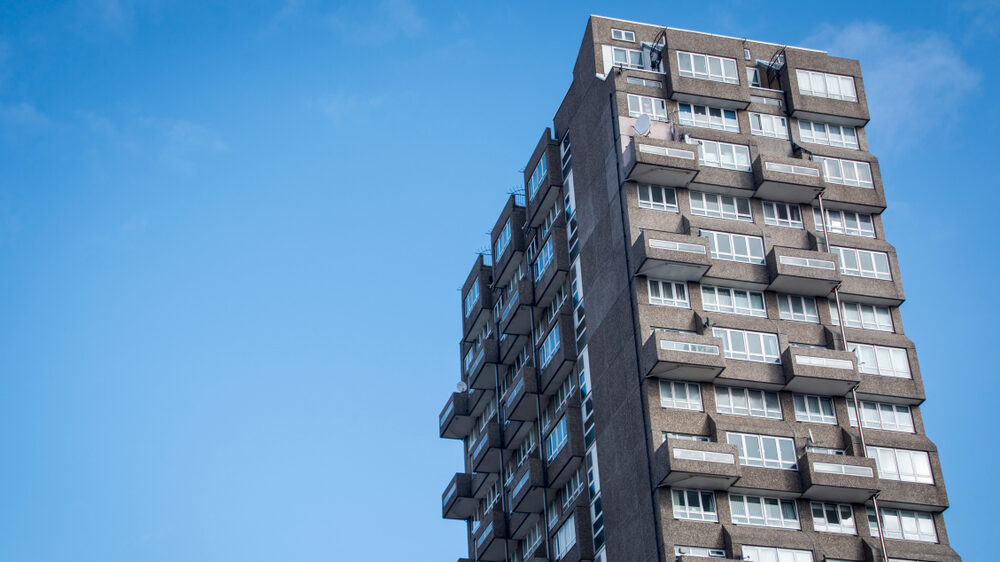Report highlights challenges of smoke control in tall buildings due to stack effect
- January 9, 2024
- 8:00 am


Iain Hoey
Share this content
Overview of the stack effect in fire safety
A recent report, identified as Report ID 1250 and published on 20 November 2023 by CROSS-UK, sheds light on the significant impact of the stack effect on fire safety and smoke spread in tall buildings.
The report underscores that real-world tests have revealed shortcomings in existing smoke control systems, which are designed based on standard industry guidelines and ideal conditions, but fail to adequately address typical winter stack effect scenarios.
Key findings for designers and installers
The report highlights two critical recommendations for designers and installers of smoke control systems.
Firstly, it emphasizes the importance of modelling smoke control systems, like smoke extract shafts, under realistic building and environmental conditions to ensure they can effectively counter the powerful air flows driven by the stack effect.
Secondly, it stresses that testing and commissioning of these systems should not be conducted in isolation but under conditions that realistically represent building environments, capturing the impacts of the stack effect.
Understanding the stack effect
The stack effect is a natural phenomenon, predominantly occurring in tall buildings, where differences in air temperature create pressure variations between the inside and outside of a building, leading to air movement through vertical spaces.
During a fire, this effect can cause smoke and hot gases to rise and accumulate in upper floors, drawing fresh air from lower floors.
This results in hazardous conditions in stairwells, crucial for both occupant escape and fire rescue service intervention.
Challenges in design and commissioning
The report identifies issues in current design approaches, especially in Computational Fluid Dynamics (CFD) based fire modelling, like the Fire Dynamics Simulator (FDS).
These approaches often do not accurately represent pre-fire temperature distributions and gradients.
Additionally, the prevalent use of default inert wall thermal boundary conditions in FDS can significantly influence the preservation of temperature gradients, impacting the effectiveness of smoke control systems.
Real-world observations and tests
Recent investigations in several tall buildings during winter and spring have brought to light various faults in fire systems.
Observation tests conducted in different types of buildings, including residential and office buildings, demonstrated how smoke control systems failed to counter the stack effect, leading to the need for retroactive amendments.
These tests highlighted the critical role of the stack effect in the performance of smoke control systems, especially in winter conditions.
Additional considerations
The report also notes that glazed stairs with high solar gain can exacerbate the stack effect, creating a larger temperature difference between the interior and exterior of a building.
This effect is particularly pronounced in tall buildings.
The failure of smoke control systems in these scenarios is often due to the design and guidance assumptions not considering the stack effect.
Recommendations for the industry
To address these challenges, the report recommends that stack effect considerations be integrated into the modelling, design, and testing of smoke control systems, particularly in medium-high rise and taller buildings.
The industry needs to focus on testing and commissioning under realistic conditions, as tests that ignore the stack effect are not suitably representative.
Expert panel insights
An expert panel from CROSS-UK echoed the concerns raised in the report, emphasizing the necessity of incorporating engineering rigour in designing smoke control systems.
They advocate for a thorough examination of factors that could lead to system failure and an analysis of the likelihood of such circumstances, as an integral part of the design process.
IFSJ Comment
The recent CROSS-UK report on the stack effect and its impact on smoke control in tall buildings highlights a critical gap in fire safety practices.
The findings demonstrate the need for change in the design, testing, and commissioning of smoke control systems, emphasising the importance of realistic and comprehensive approaches that account for environmental conditions, especially in tall structures.
This report is a crucial reminder for industry professionals to reassess and update their methodologies and a call to action for regulatory bodies to refine guidelines and standards to ensure enhanced safety in our urban landscapes.



